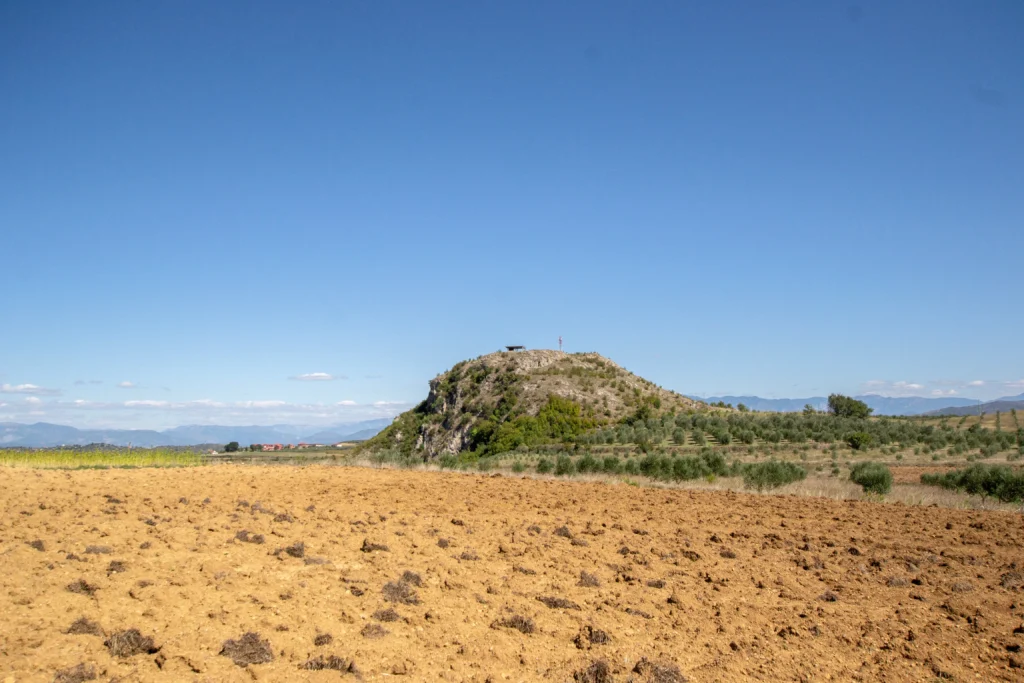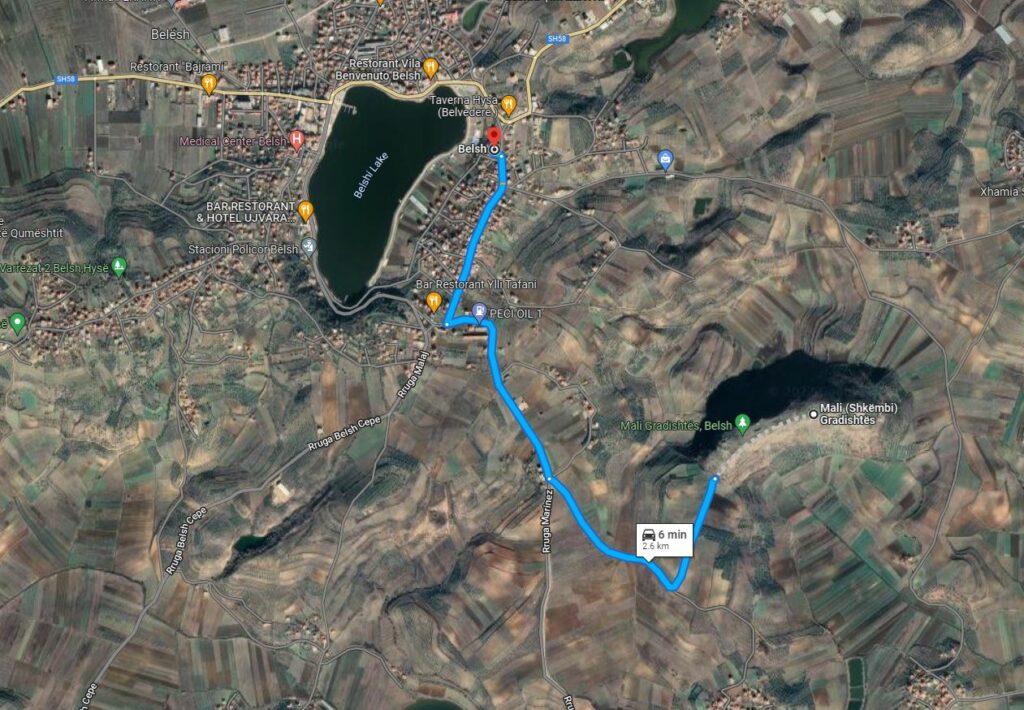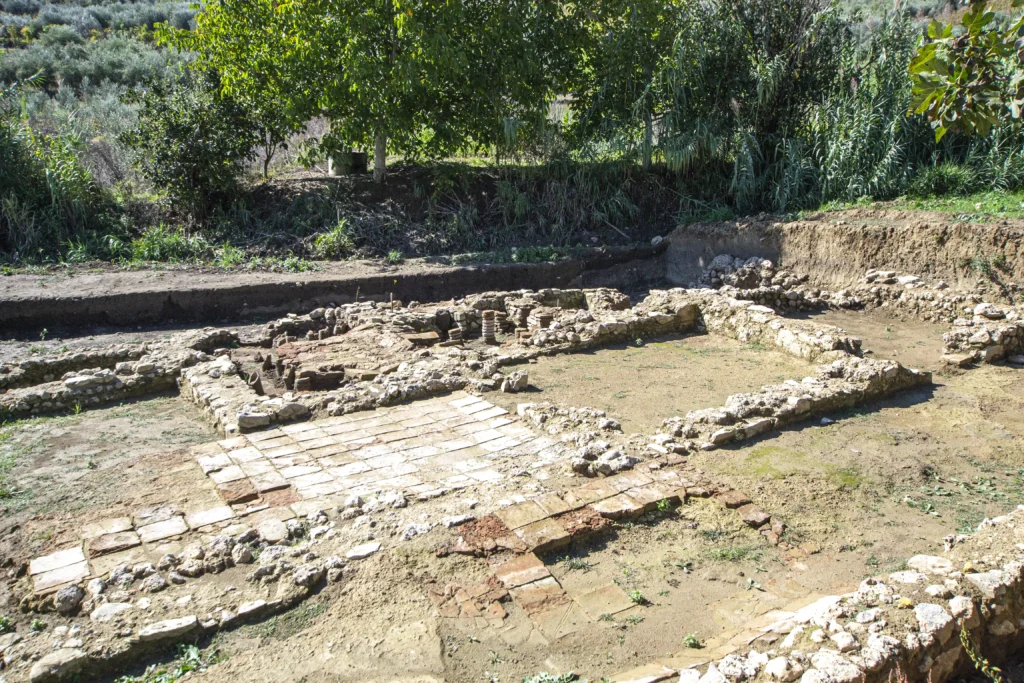Man-made attractions
Other types of accommodation
Man-made attractions
Archaeological sites
The authors of the archaeological excavations tell us, according to the findings, that the area of Dumre has experienced civilizations since the ancient times of Albanian history. Among these, Gradishta of Belsh is mentioned as the center of cultural and economic developments since the Bronze Age.
The period, which is known as the Illyrian antiquity of the c. V-I BC, contains within its time span the birth and flourishing of the life of the local population. Archaeological remains have been found in Belsh. They house settlements dating back to 1100 – 500 BC that are of two types: open and fortified ones. They also tell us that life inside the settlements lasted for about 1000 years (from the 12th century BC to the 2nd century AD).
The city of Belsh is a reference point for Dumre and has developed through the same chronological periods same with that of the entire Albania. The area and life in it could not escape the influences that the various historical happening and colonization brought with them. And this happened in both aspects, economic and cultural. Signs of chronological influences start from the Bronze Age, the First Iron Period (1100 – 500 BC), the Illyrian Civil Period (5th-1st century BC), the Period of Roman Rule, that of the Byzantine Empire, and up to the Ottoman Empire of the XIV – XIX.

Top attractions
Gradishta
Also known as Belsh Castle, Gradishta is a natural monument of the area’s cultural heritage. Gradishta is mentioned in archeology as the settlement of the Illyrian tribes of Parthians. Remains of a tomb, around 350 years BC, which is also known as the Tomb of the Prince of Belsh, were found at this place. During the excavations in this tomb, about 70 archaeological items were found along with ceramic works, sculptures and terracotta, among which the figure of Aphrodite painted on them. Gradishta is located 2-3 km southeast of Belsh, and is today one of the most touristic spots in the area.

Top Attractions
Necropolis
Excavations that were undertaken nearby Belsh, in Gradishta around 1969, revealed that an open settlement lay on the edge of the western lope of the Illyrian town. The findings show us that there was a migration of the population from the open settlement to the fortified town which is assumed to be in Gradishta. After the move, the open settlement was used as a cemetery. From the occasional findings and two graves discovered in 1969, the chronology of the necropolis was determined to be within III-IV BC. The necropolis houses a total of 5 tombs of different chronologies. These graves of Belshi represent many information of the civic life in this area. Types with wooden or stone chests are the legacy form of the Early Iron Age. These characteristics are also found in the Illyrian mounds. Also, we meet here with types of tombs that repeat the forms of Apollonian chests, with imitations of monumental tombs of quadrangular or round shapes and decorated in Corinthian-style “colonnades.” All the tombs are made of solid gypsum stone that is characteristic of the sculptures discovered in Belsh, which is found everywhere in Dumre.

Top Attractions
Rrasë, Belsh: Archaeological exavations. A Thermal Bath of the Roman period.
Near the village of Rrasë in the municipality of Belsh, work has begun on the site of an archaeological discovery. The findings are remains from structures of a thermal bath from the Roman period. The National Institute of Cultural Heritage announced, at the moment, that after getting to know the terrain and in direct cooperation with the municipality of Belsh, it is committed to follow the entire process, to further discover the “Roman Therme” and to obtain any previously unidentified information for this area.
“The work has started with the process of cleaning and marking space for the archaeological excavations to be carried out. In cooperation with students of the UT, the Faculty of History and Philology as well as the Department of Cultural Heritage and Archaeology” – says IKTK in a post on social networks.
According to IKTK, this special discovery will be an added value for Belsh and Dumre, bringing deeper knowledge of history. Also, it will be important in the enriching of the area with a new archaeological settlement.
Only 3 km from the city of Belshi in the village of Rrasë, in this settlement there is also the presence of ancient bones apart from the ruins of a Roman building of the second century. These bones prove that there was early life and civilization in this area before the arrival of the Roman empire.
The term of the second century, is a resort and residence of the caravans of the time and so far in Albania they have been identified in Butrint and Dyrrah, today’s Durrës./ATSH